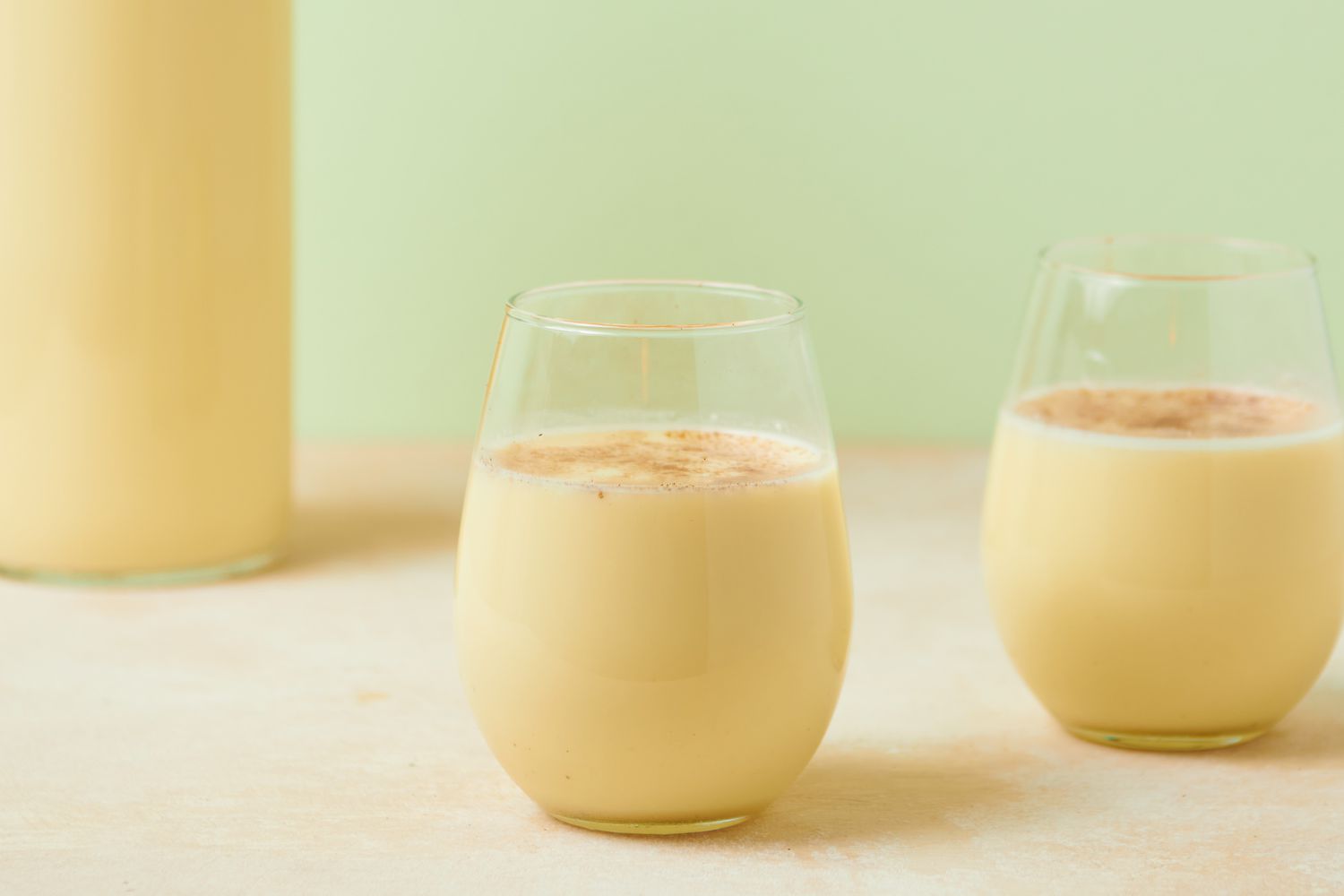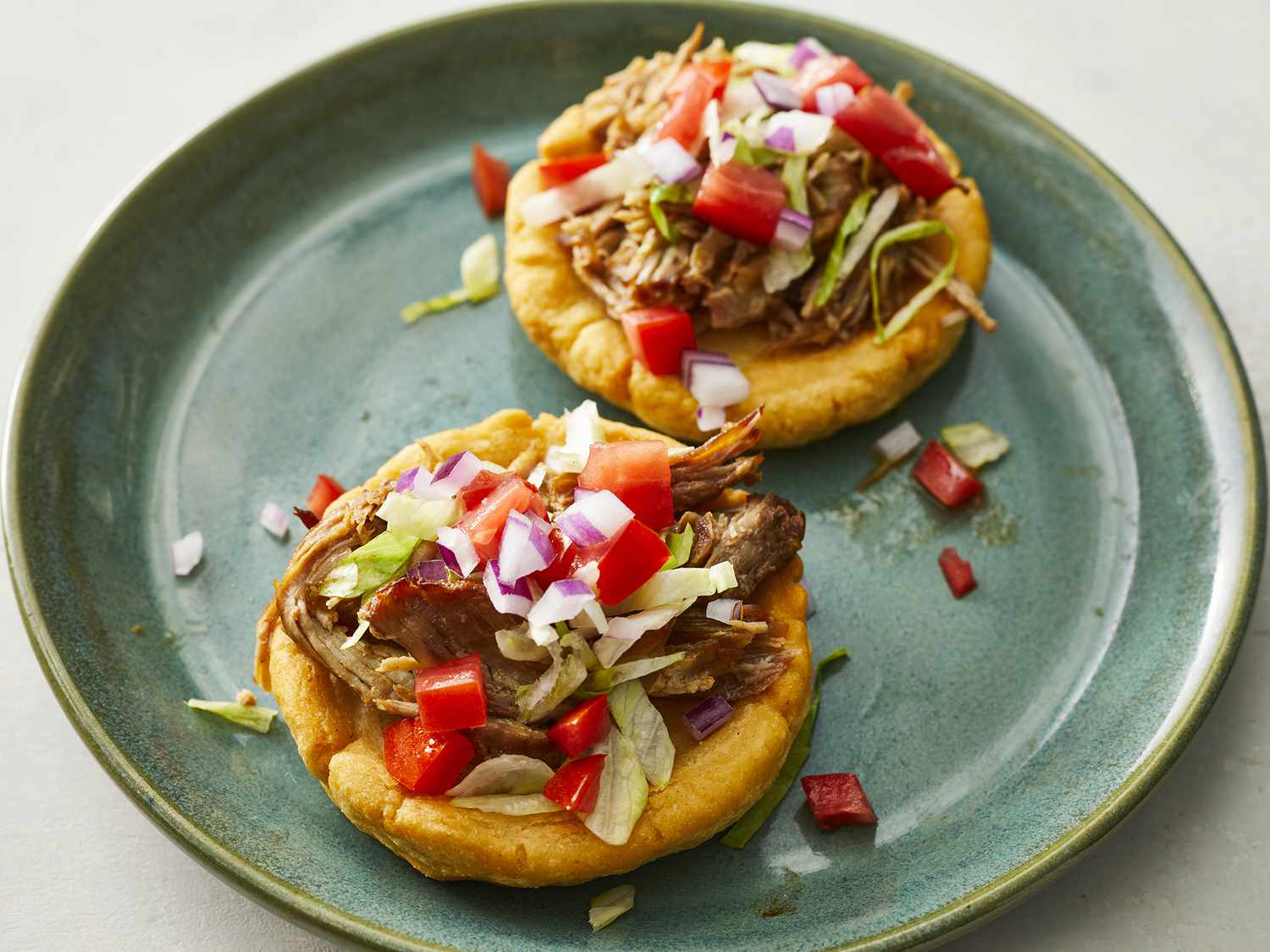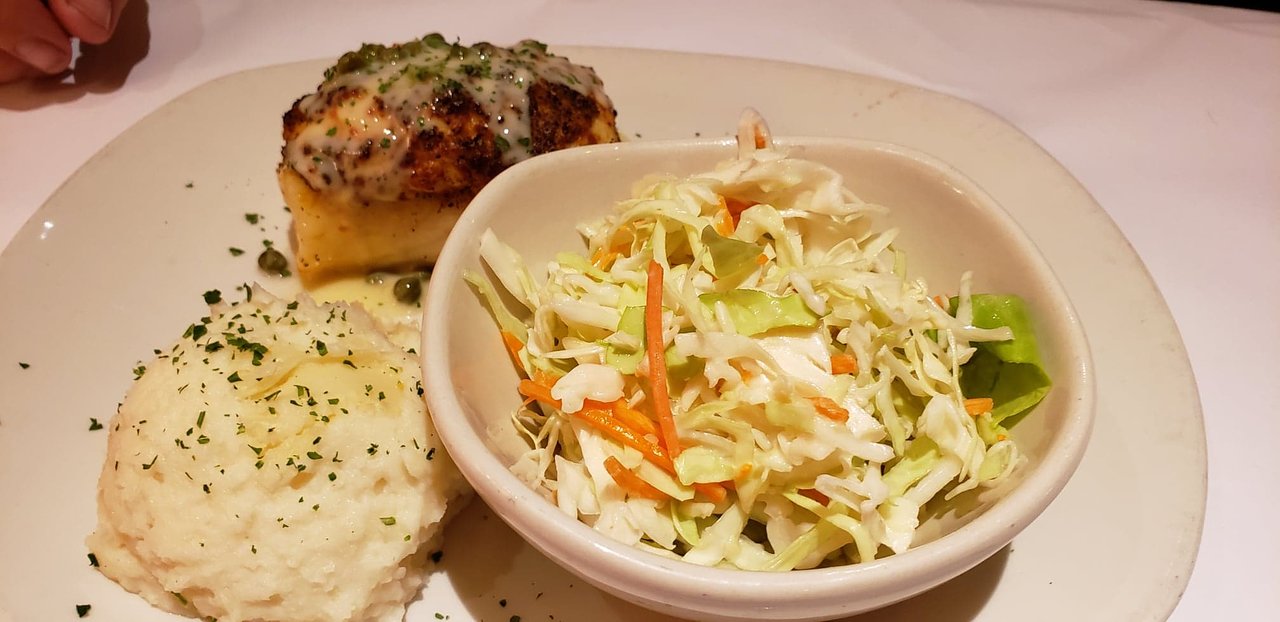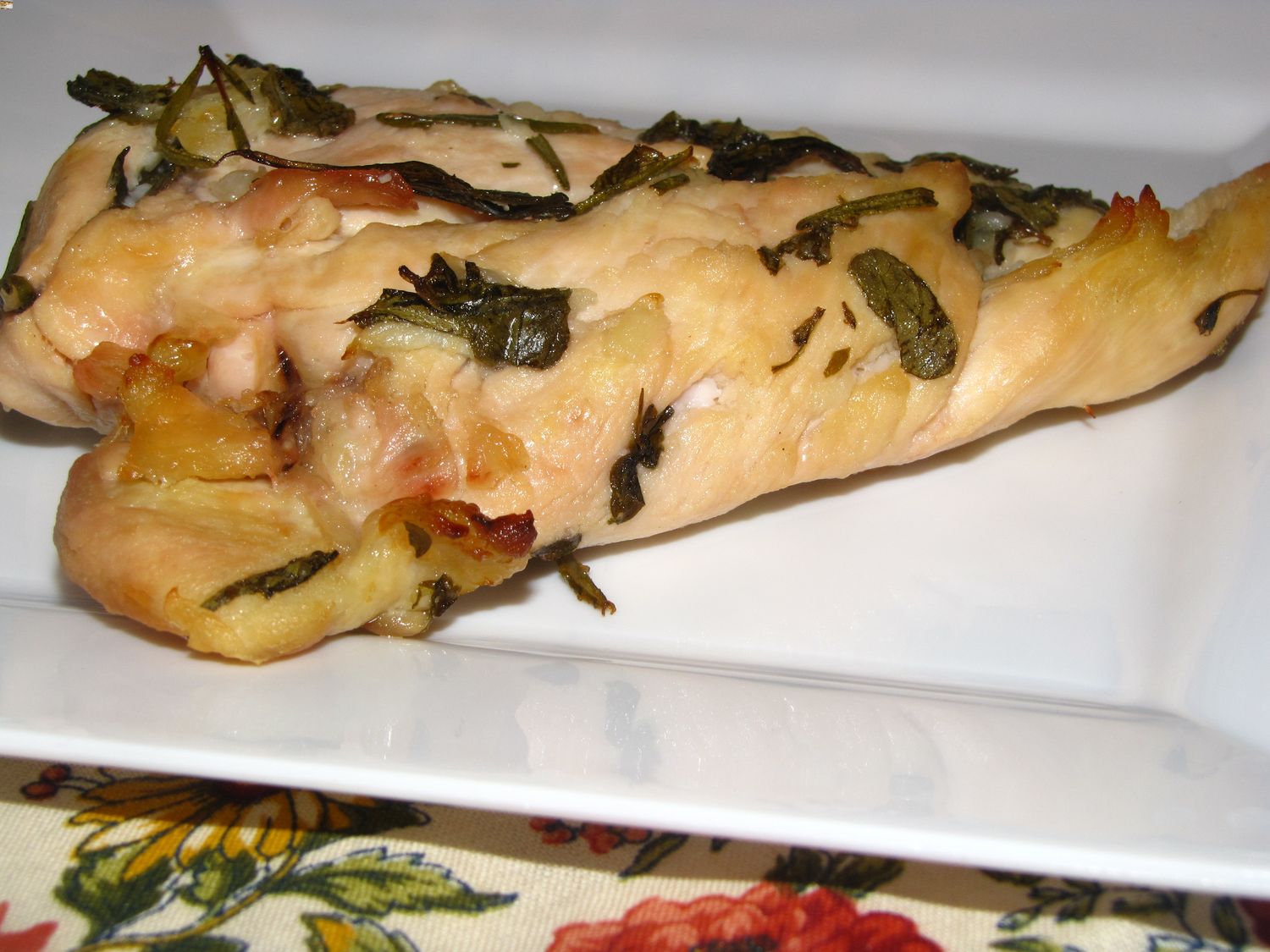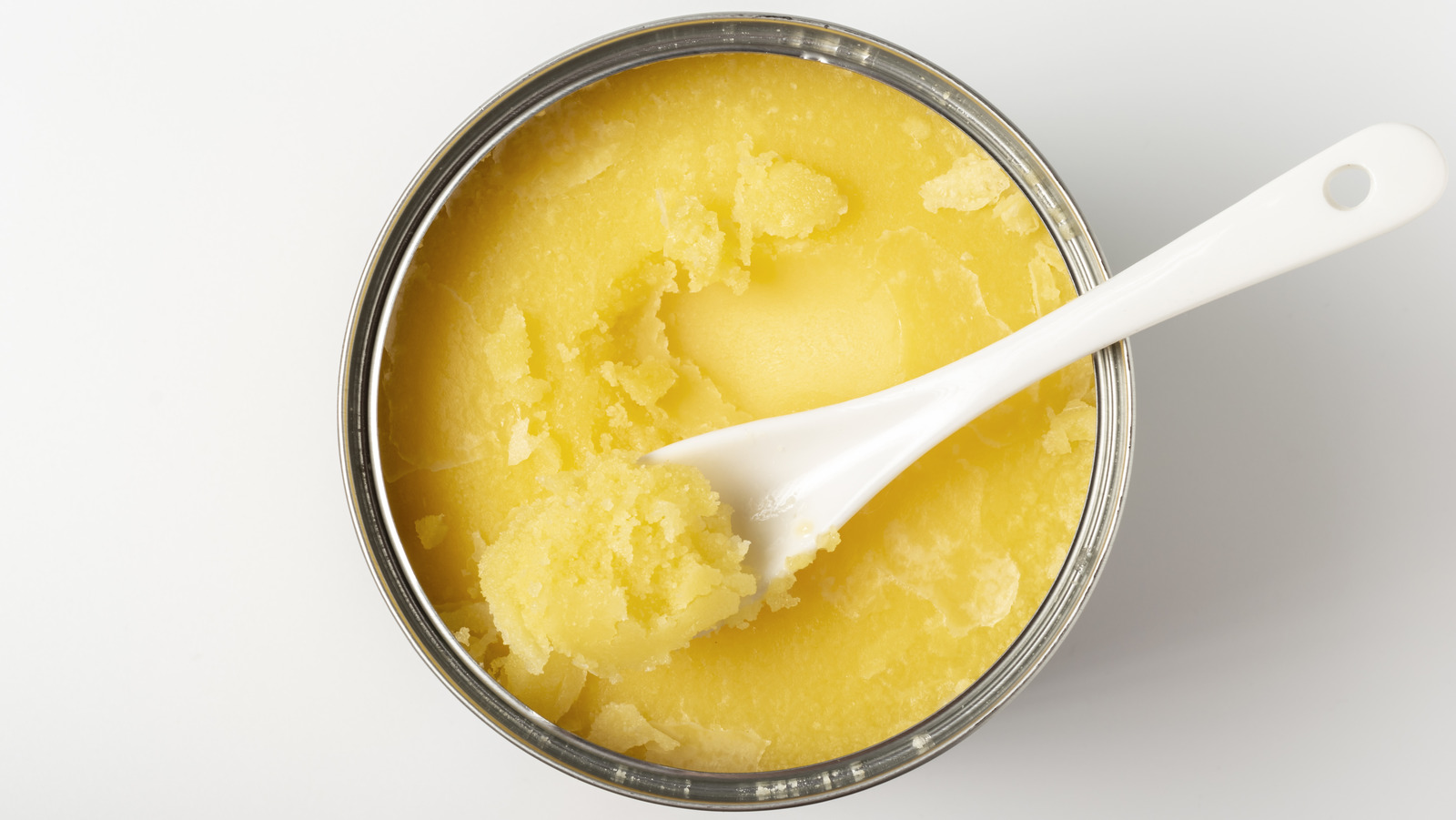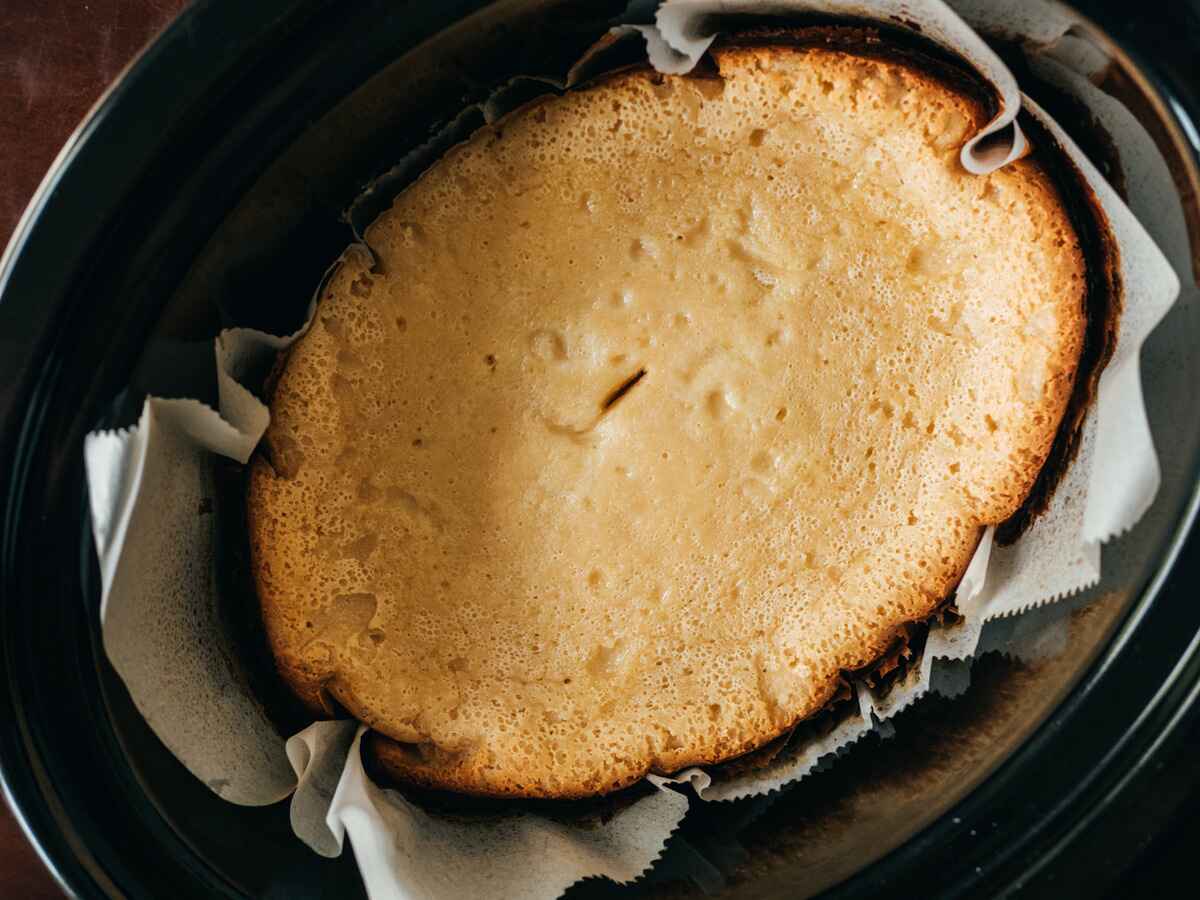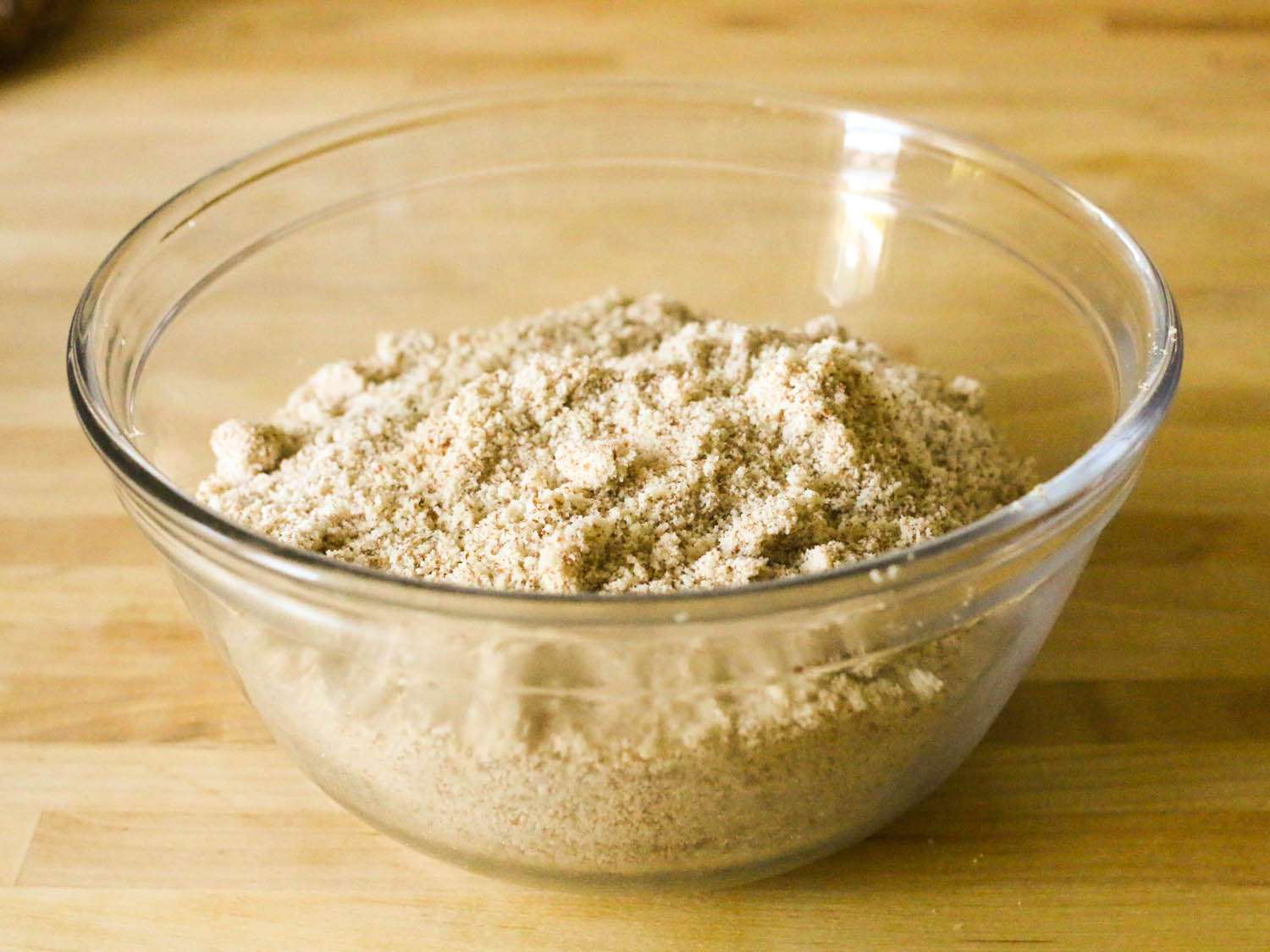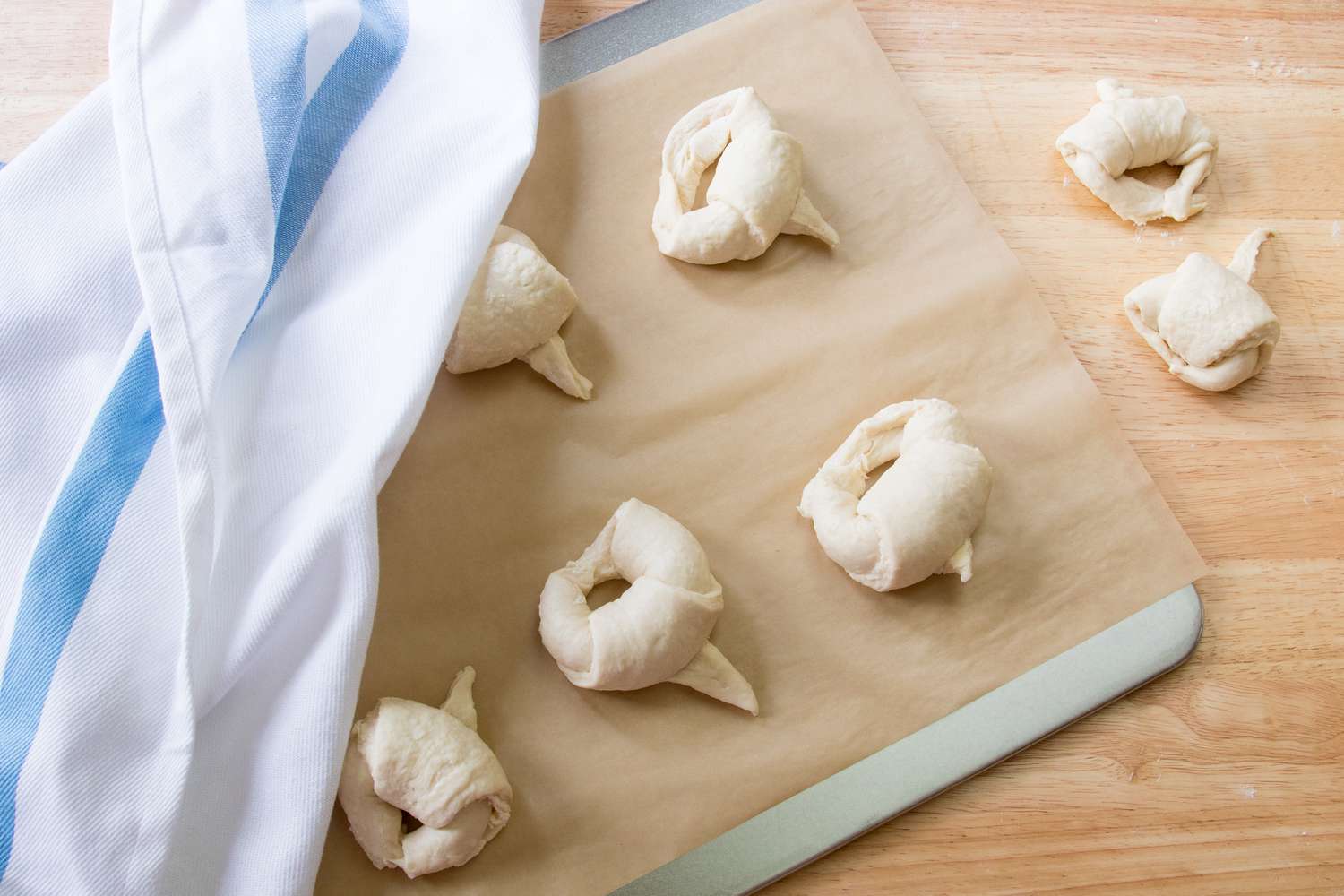Exploring the Delicious World of African Bread
When it comes to bread, there are countless varieties found all over the world. Each culture has its own unique take on this staple food, and African bread is no exception. African bread encompasses a wide range of delicious and diverse bread types that are enjoyed across the continent. Let’s take a closer look at the fascinating world of African bread and the different types that make it so special.
The Diversity of African Bread
African bread is as diverse as the continent itself, with each region boasting its own traditional bread recipes that have been passed down through generations. From the iconic injera in Ethiopia to the fluffy rolex bread in Uganda, African bread reflects the rich culinary heritage of the continent.
Key Ingredients
One of the defining features of African bread is the use of indigenous ingredients that are abundant in the region. These may include:
- Cassava flour: Commonly used in West African bread, cassava flour lends a unique texture and flavor to the bread.
- Teff: This ancient grain is a staple in Ethiopian cuisine and is the key ingredient in making the spongy injera bread.
- Plantains: Found in many parts of Africa, plantains are often used to add sweetness and moisture to bread recipes.
Popular Types of African Bread
Here are some of the most beloved types of African bread:
- Injera: A sourdough flatbread with a slightly spongy texture, commonly eaten in Ethiopia and Eritrea.
- Chapati: A thin, unleavened flatbread that is a staple in East African cuisine.
- Fatcakes: These deep-fried bread snacks are popular in Southern Africa and are often enjoyed with tea or coffee.
- Banku: A Ghanaian fermented corn and cassava dough that is steamed to perfection.
The Role of Bread in African Culture
Bread holds a special place in African culture and is often an integral part of communal meals and celebrations. In many African societies, the act of breaking bread together symbolizes unity and togetherness.
Furthermore, the process of making bread is often a communal activity, with family members and neighbors coming together to prepare and share in the joy of baking. This sense of community and shared tradition is deeply ingrained in the fabric of African bread culture.
Conclusion
African bread is a testament to the rich culinary tapestry of the continent. With its diverse array of flavors, textures, and cultural significance, African bread continues to captivate the taste buds of people around the world. Whether you’re savoring the tangy taste of injera or indulging in the comforting warmth of chapati, African bread offers a truly unique and delightful culinary experience.
So, the next time you have the opportunity, be sure to sample some of the delectable breads that Africa has to offer. You won’t be disappointed!
